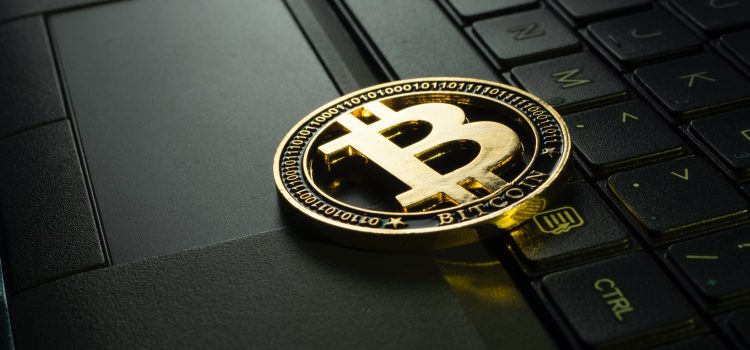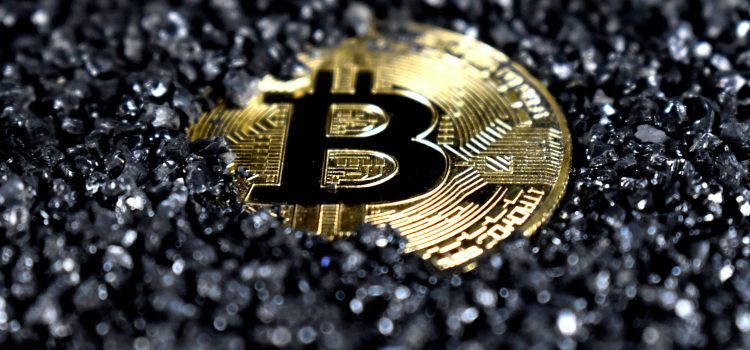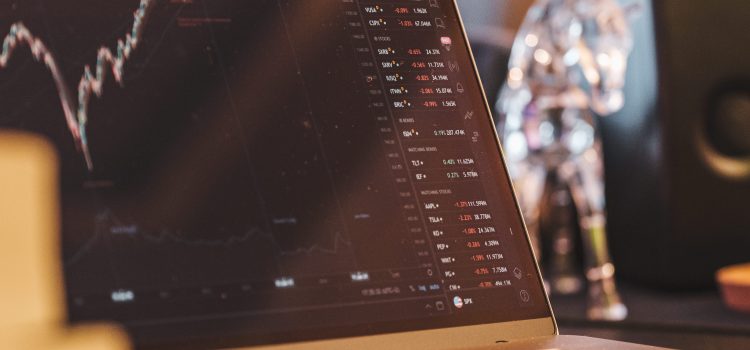
In recent years, tech investments have surged in the United States, leading many venture capitalists and angel investors to rapidly adjust their strategies. This is due to a number of changes in the industry that have made it difficult for many to stay afloat. From pay rejigs to altered incentives, US tech investors are having to rethink their strategies if they want to remain competitive. In this article, we’ll take a look at how some of these investors are adapting and what adjustments they’re making. Read on to find out more about the latest trends in the US tech investment landscape.
What are pay rejigs?
In the wake of the global pandemic, many U.S. tech companies are rethinking their pay structures. Some are instituting across-the-board salary cuts, while others are freezing salaries or eliminating bonuses entirely.
Many investors are taking a wait-and-see approach to these changes, but some are already adapting their portfolios to account for the new reality. For example, some venture capitalists are investing in companies that offer more flexible compensation packages, such as stock options or grants.
It remains to be seen how these changes will affect the tech industry in the long run, but one thing is certain: the landscape is shifting, and investors need to be prepared.
How US tech investors are adapting to pay rejigs
As the U.S. tech industry continues to grow and change, so too do the compensation models for tech investors. In recent years, there have been a number of adjustments to the way that pay is structured for these professionals, and it appears that this trend is here to stay.
One of the most notable changes has been the shift from a traditional salary + bonus model to a more equity-based approach. This means that instead of receiving a set salary, tech investors are now being compensated with a mix of cash and stock options. This change is largely in response to the increased risk that comes with investing in start-ups, as well as the need for flexibility when it comes to funding young companies.
Another change that has been seen in the tech investing world is an increase in performance-based bonuses. This type of bonus is typically given out based on how well a company performs after an investment is made, which provides an incentive for investors to carefully consider each opportunity before putting money into it.
Overall, it seems that US tech investors are adaptable and willing to adjust their compensation models as the industry evolves. With the ever-changing landscape of technology, it’s likely that we’ll see even more changes in the years to come.
The latest adjustments in the industry
The U.S. tech industry is in the midst of a major pay rejig, and investors are adjusti
How will this impact the future of the industry?
The way that US tech investors are adapting to pay rejigs is likely to have a big impact on the future of the industry. For one thing, it could mean that more companies move towards a pay-for-performance model, where employees are rewarded for meeting or exceeding targets. This would align incentives more closely with shareholders’ interests, and could help to improve returns.
It could also lead to more companies using stock options as a way to attract and retain talent. This would give employees a greater stake in the success of the business, and could help to create a more entrepreneurial culture.
There may also be implications for how companies are valued by investors. If pay becomes more closely linked to performance, then businesses that can demonstrate strong growth potential are likely to be seen as more attractive investments.
In short, the way that US tech investors are adapting to pay rejigs is likely to have far-reaching consequences for the sector as a whole. It will be interesting to see how these changes play out over the coming years.
Conclusion
All in all, tech investors in the US have been adapting to pay rejigs with some degree of success. There is still much room for improvement but what we can take away from this discussion is that the industry has the potential to adjust operations and practices quickly and effectively when needed. With new regulations arriving frequently and more changes on their way, it now falls on tech investors to ensure they remain up-to-date so they are ready to tackle any challenges thrown their way.

















